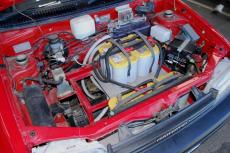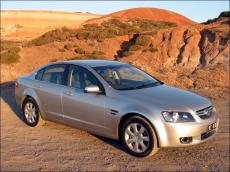DIY Electric Cars!
 Last weekend I attended an electric car show. Organised by the Sydney branch of the Australian Electric Vehicle Association, it was unlike any other car show I’ve ever been to.
Last weekend I attended an electric car show. Organised by the Sydney branch of the Australian Electric Vehicle Association, it was unlike any other car show I’ve ever been to.
Why?
Well, firstly, the cars were different to 99 per cent of vehicles on the road. With the exception of a few current model Prius Toyotas, they were all home-converted battery electric vehicles. That’s right, (mostly) road-registered and street driven, these cars never visited petrol stations but instead needed only to be plugged into mains power.
Another thing rather different about the show was the interest being shown by visitors.
At a typical car sow you’ll get lots of lookers but few talkers. Here, every visitor had dozens of questions – and some even came equipped with notebooks and were writing down the answers. One guy had come all the way from Canberra and was actively seeking the information to enable him to have a car converted to electric power for his daily commute.
Others were asking about conversion costs, battery life, range, performance – and everything else you could imagine.
There was a constant buzz of interested conversation.
Along with the road-registered cars, there was also an electric kart, a half-built electric clubman and an electric motorbike. The road vehicles included a Camry wagon, Daihatsu Charade, Hyundai Excel, Daewoo Lanos and even a Mazda ute.
I was attending the show to gather material for some AutoSpeed stories, and got to drive three of the cars. We’ll be running these stories in due course, but in the mean time, if you’re at all interested in building your own battery electric car – or having a car converted to battery electric power – be aware that there’s a bunch of very enthusiastic and helpful people available to you as a resource.

 Julian Edgar, 50, has been writing about car modification and automotive technology for nearly 25 years. He has owned cars with two, three, four, five, six and eight cylinders; single turbo, twin turbo, supercharged, diesel and hybrid electric drivelines. He lists his transport interests as turbocharging, aerodynamics, suspension design and human-powered vehicles.
Julian Edgar, 50, has been writing about car modification and automotive technology for nearly 25 years. He has owned cars with two, three, four, five, six and eight cylinders; single turbo, twin turbo, supercharged, diesel and hybrid electric drivelines. He lists his transport interests as turbocharging, aerodynamics, suspension design and human-powered vehicles.


